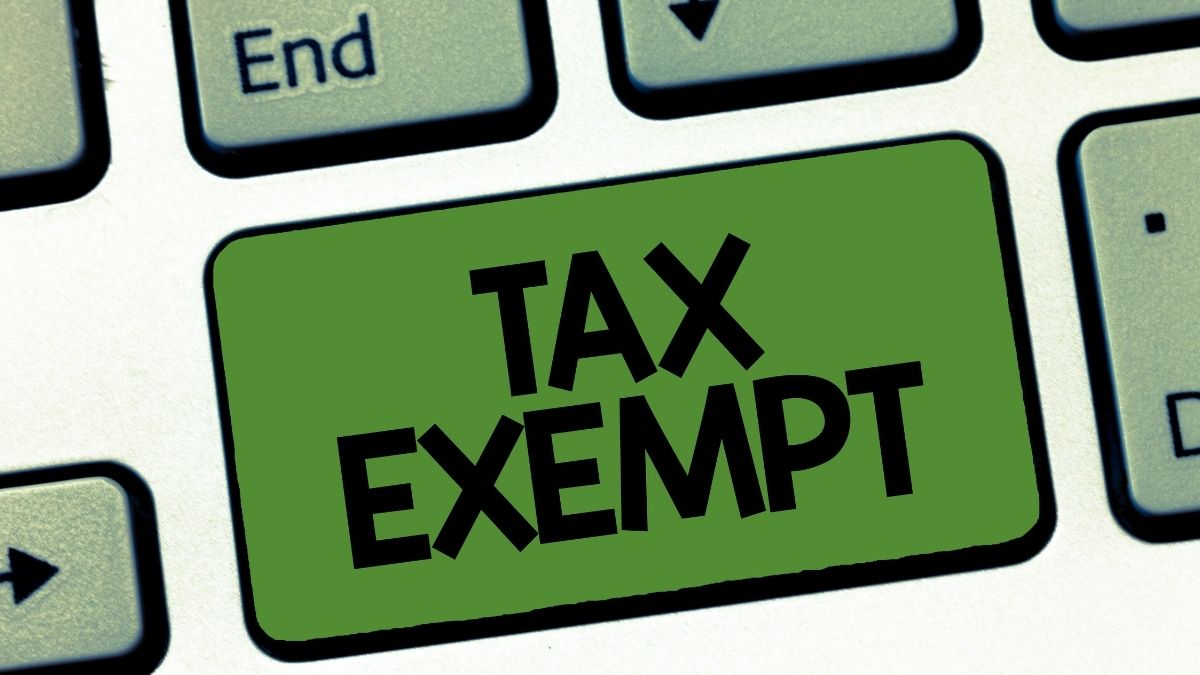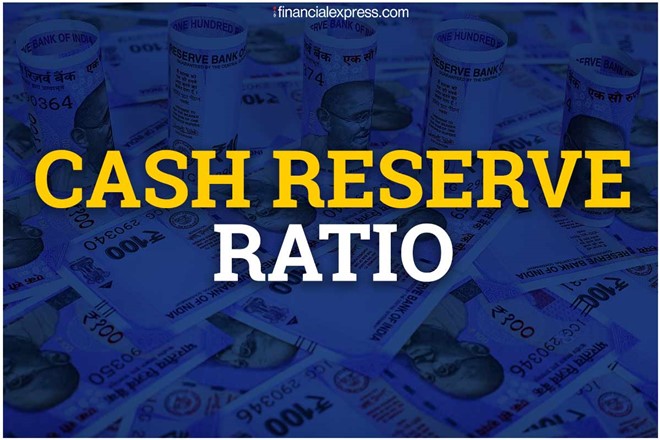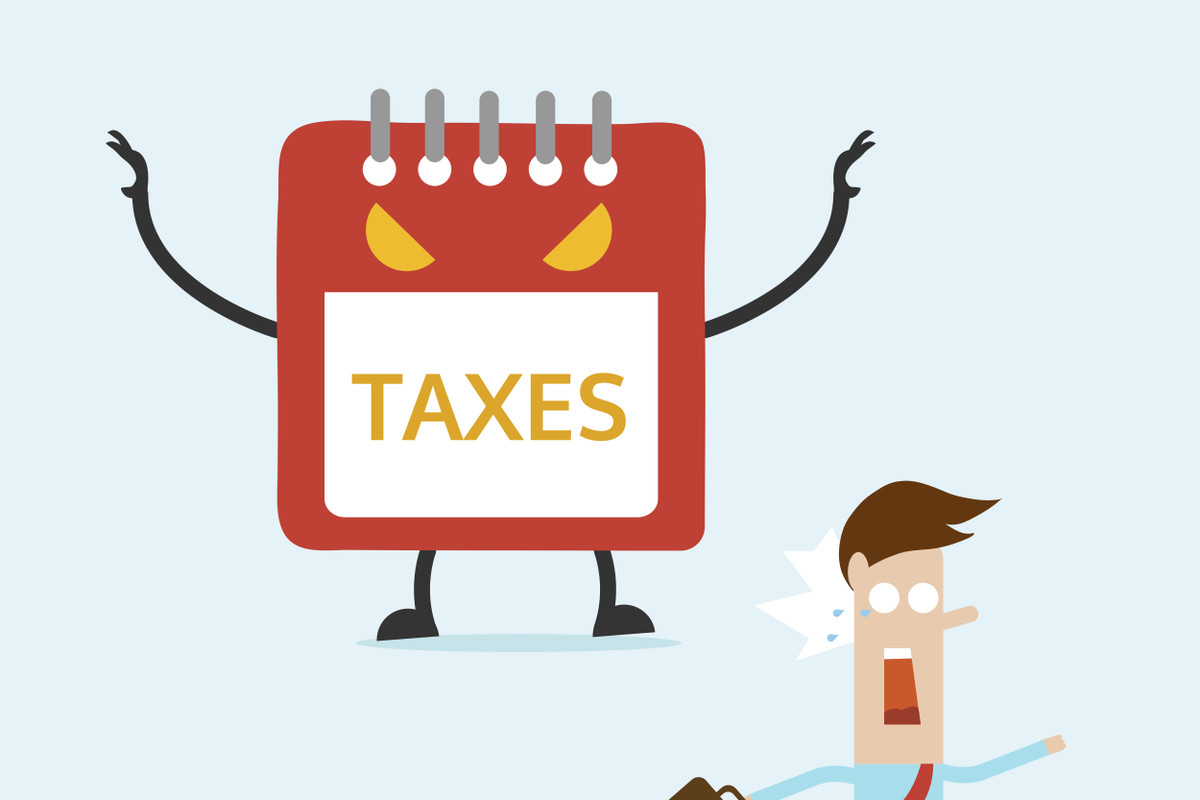Profits arising from the transfer of capital assets like equity shares, immovable property, etc., are known as capital gains. There are two types of capital gains depending upon their holding period- short-term and long-term capital gains. However, both are taxable separately. But capital gains tax takes away a major part of one’s earnings. Hence, a person can claim capital gains exemption to minimize tax liability.

Basic exemption
After adding the capital gains to the total taxable income, the government provides certain tax exemptions depending upon the age of the person:
- Firstly, residents below 60 years of age get an exemption of up to ₹2,50,000.
- Secondly, residents above 60 but less than 80 years of age get an exemption up to ₹3,00,000.
- Thirdly, residents above 80 years of age get an exemption of up to ₹5,00,000.
For instance, a retired person, 65 years of age, receives a monthly pension of ₹10,000. The long-term capital gains from listed shares are ₹5,00,000. The basic exemption limit is ₹3,00,000. The annual income from pension is ₹1,20,000. After deducting the exempted amount from the annual income, there is a shortfall of ₹1,80,000.
Since the person holds the listed shares for a long time, he gets an exemption up to ₹1,00,000 as per section 112A. Hence, the long-term capital gains amount to ₹4,00,000. Further, the person can adjust the shortfall against the capital gains. Hence, the capital gains amount to ₹2,20,000 (4,00,000 – 1,80,000). Therefore, the long-term capital gains from listed shares will attract 10% tax + surcharge + 4% health and education cess.
Capital gains exemption under section 54 (Profit on sale of the residential property)
When an individual or HUF purchases or constructs a new residential property and fulfils the conditions mentioned below, he is eligible to claim capital gains exemption under section 54:
- Firstly, capital gains must arise from the transfer or sale of a residential property only (long-term capital asset).
- Secondly, the exemption is applicable in the case of reinvestment for purchase or construction of new residential property only.
- Thirdly, the assessee must invest the net consideration in either of the two:
- To purchase a new residential property, the assessee must invest the amount within one year or after two years from the transfer date.
- To construct a new residential property, the assessee must invest the amount within three years of the transfer date.
- Lastly, the seller must buy the new residential property in India.
The exemption amount is the long-term capital gains or the price of the new residential property, whichever is less. Moreover, if a person sells the new assets within three years, he can reduce the exemption amount from the net consideration and cost of acquisition to calculate capital gains.
The assessee may invest the capital gains amount in the capital gains account scheme till the prescribed time limit. For example, an individual sold his old property but is yet to purchase a new one. To save tax till he finds a new residential property, he can deposit the amount in the capital gains account scheme up to the prescribed time of three years from the date of transfer. If the amount remains unutilized within the prescribed time, capital gains are taxable.

Capital gains exemption under section 54F (Investment in residential property)
When an individual or HUF purchases or constructs a new residential property and fulfils the conditions mentioned below, he is eligible to claim capital gains exemption under section 54F:
- Firstly, capital gains must arise from the transfer or sale of a long-term capital asset other than residential property.
- Secondly, the exemption is applicable in the case of reinvestment for purchase or construction of residential property only.
- Thirdly, the assessee must invest the net consideration in either of the two:
- To purchase a new residential property, the assessee must invest the amount within one year or after two years from the transfer date.
- To construct a new residential property, the assessee must invest the amount within three years of the transfer date.
- Lastly, the seller must buy the new residential property in India.
The exemption amount is the cost of new asset*capital gain/net consideration (up to the capital gains amount). Moreover, if a person sells the new assets within three years, he can reduce the exemption amount from the net consideration and cost of acquisition to calculate capital gains.
The assessee may invest the capital gains amount in the capital gains account scheme till the prescribed time limit. If the amount remains unutilized within the prescribed time, capital gains are taxable. Moreover, an assessee cannot possess more than two residential properties (old and the new property) on the transfer date. If one purchases another property, the exempted amount is taxable as capital gains.
Capital gains exemption under section 54E, 54EA, 54EB (Investments in certain securities)
A person receives exemption when he invests the capital gains of long-term capital assets into specified securities such as savings certificates, government securities, units of UTI, government bonds, etc. within six months from the transfer date. The exemption amount is the cost of new asset*capital gain/net consideration (up to the capital gains amount).
The reinvestment in the specified securities must take place within six months of the transfer date of the long-term capital asset.
Moreover, if a person sells the new assets within three years, he can reduce the exempted amount from the net consideration and cost of acquisition to calculate capital gains.
Lastly, if a loan is taken against the new security as collateral within three years, the same becomes capital gains.
Capital gains exemption under section 54EC (Investment in certain bonds)
A person receives exemption when he invests the capital gains of long-term capital assets- land or building or both into NHAI or Rural Electrification Corporation bonds within six months of the transfer date.
The exemption amount is the cost of new asset*capital gain/net consideration (up to the capital gains amount).
Moreover, if a person sells the new assets within five years, he can reduce the exempted amount from the net consideration and cost of acquisition to calculate capital gains.
If a loan is taken against the new security as collateral within three to five years, the same becomes capital gains. Lastly, investment in the specified bonds must not exceed 50 lakhs during the current and subsequent years.
Capital gains exemption under section 54EE (Investment in units of specified funds)
A person receives exemption when he invests long-term capital gains in government-specified units within six months of the transfer date.
The exemption amount is the cost of new asset*capital gain/net consideration (up to the capital gains amount).
Moreover, if a person sells the new assets within three years, he can reduce the exempted amount from the net consideration and cost of acquisition to calculate capital gains.
If a loan is taken against the new security as collateral within three years, the same becomes capital gains. Lastly, investment in the specified unit funds must not exceed 50 lakhs during the current and subsequent years.




